Vlad Tepes, also known as Vlad the Impaler, was a prince of Wallachia, a region located in modern-day Romania, during the 15th century. He gained a reputation for being a fierce and ruthless leader, known for impaling his enemies and displaying their bodies as a warning to others.

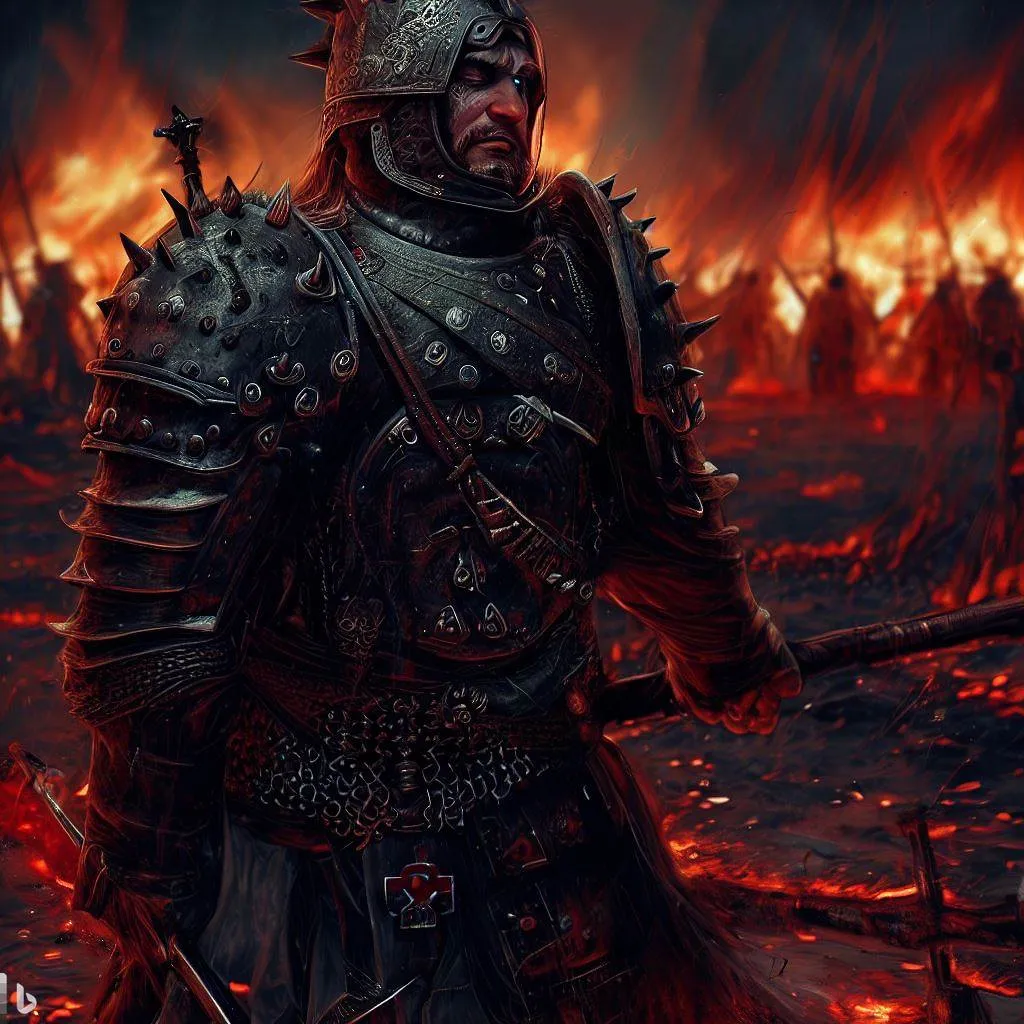

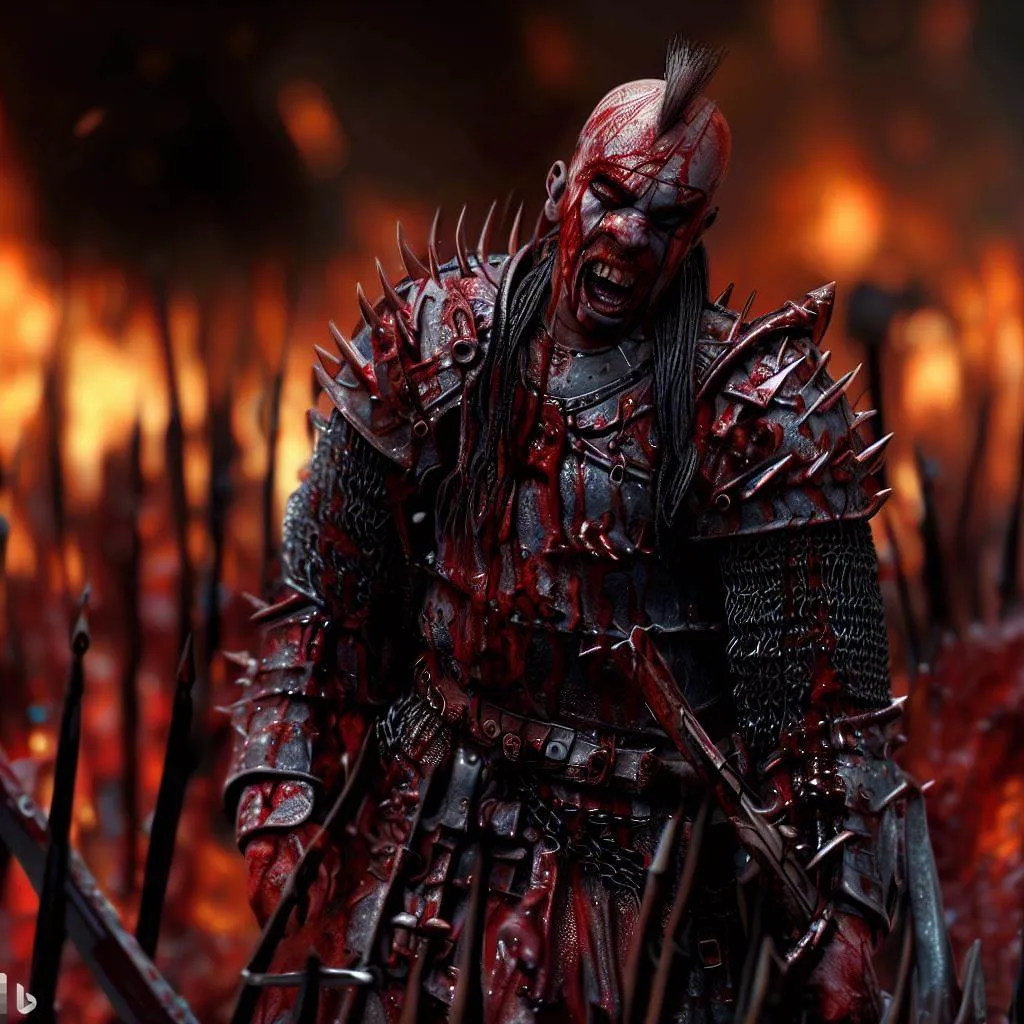
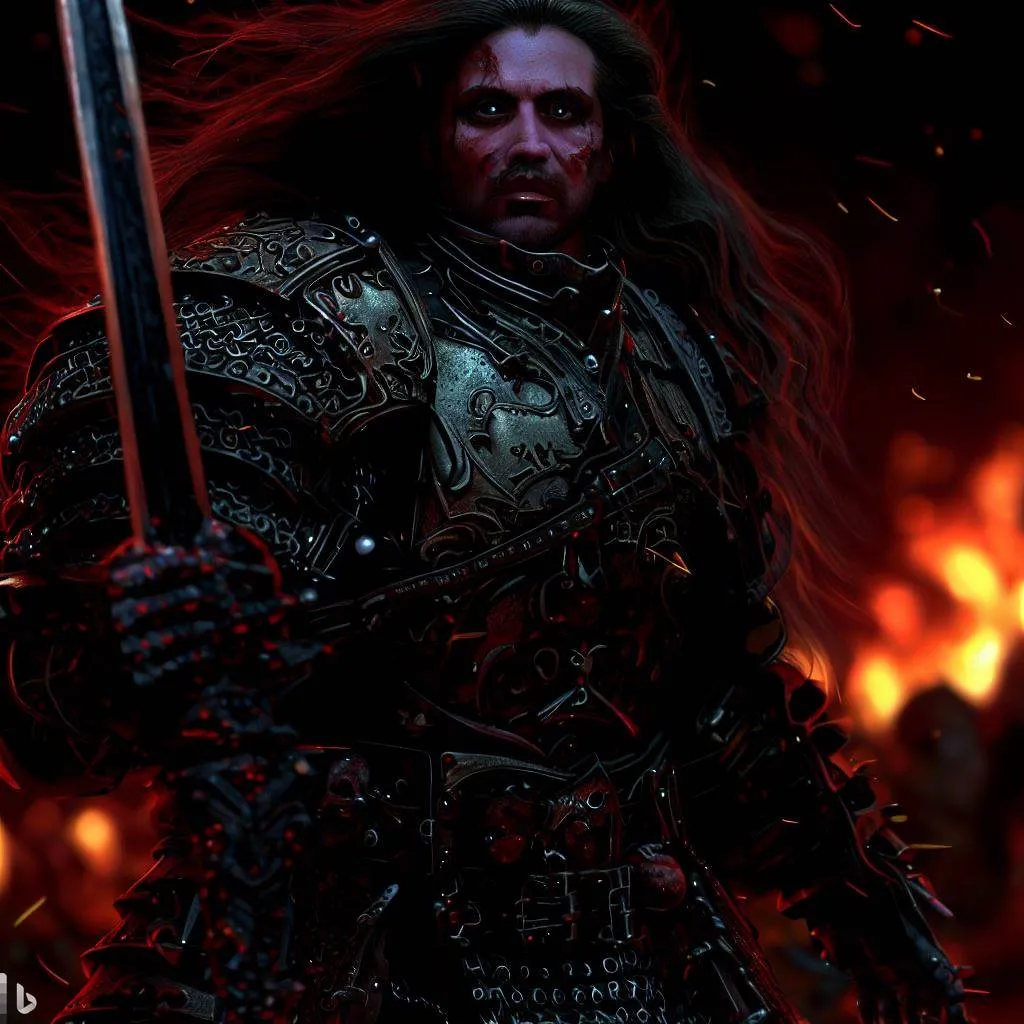




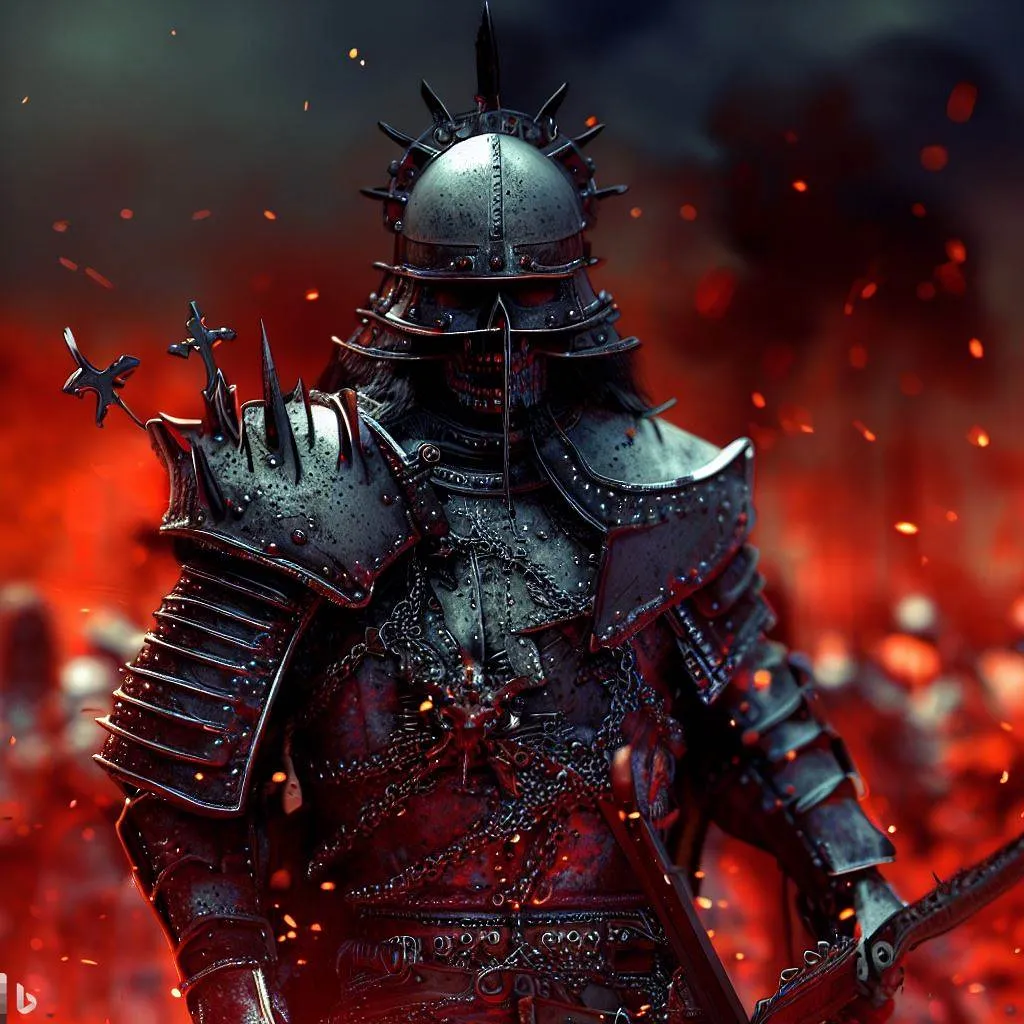
While Vlad Tepes was a historical figure, the connection between him and the vampire Dracula was made famous by the novel "Dracula" by Bram Stoker. Stoker was inspired by the legend of Vlad Tepes and incorporated elements of his life and persona into the character of Dracula.



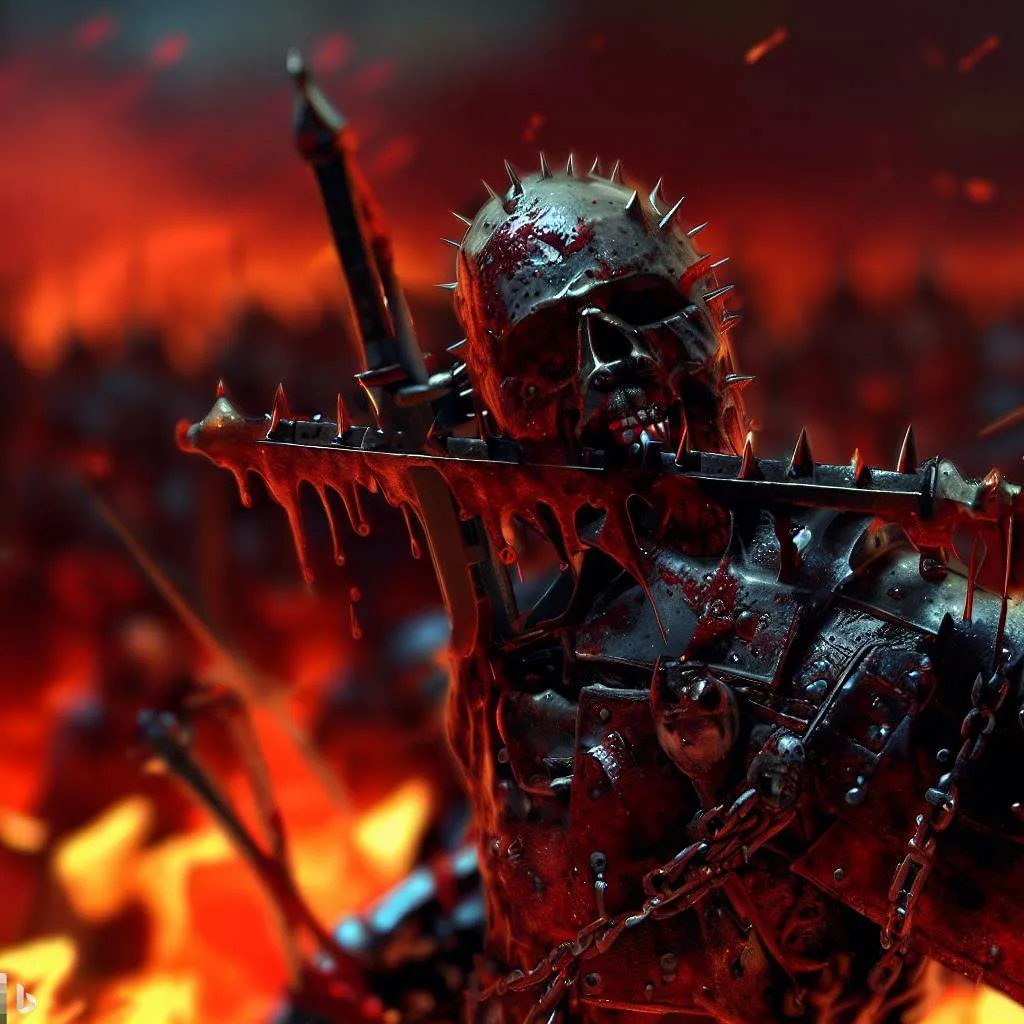
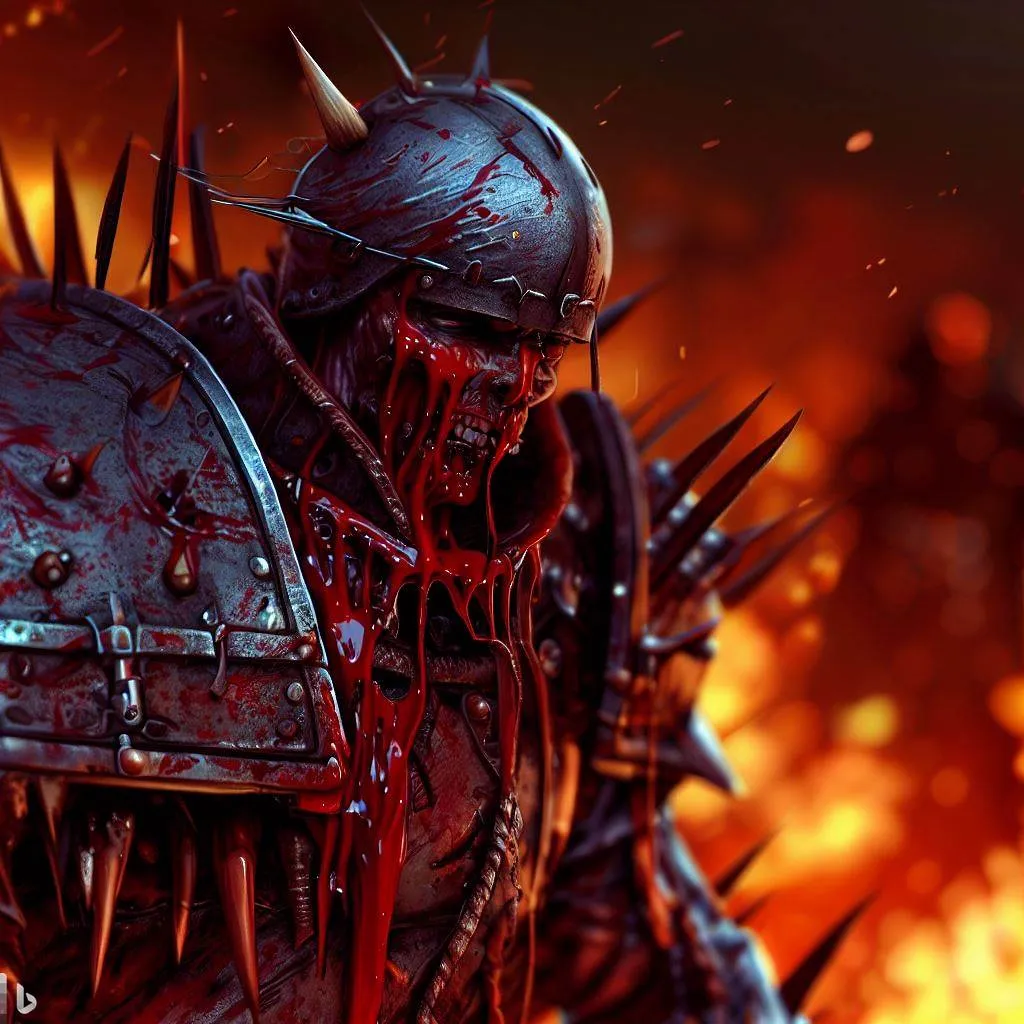

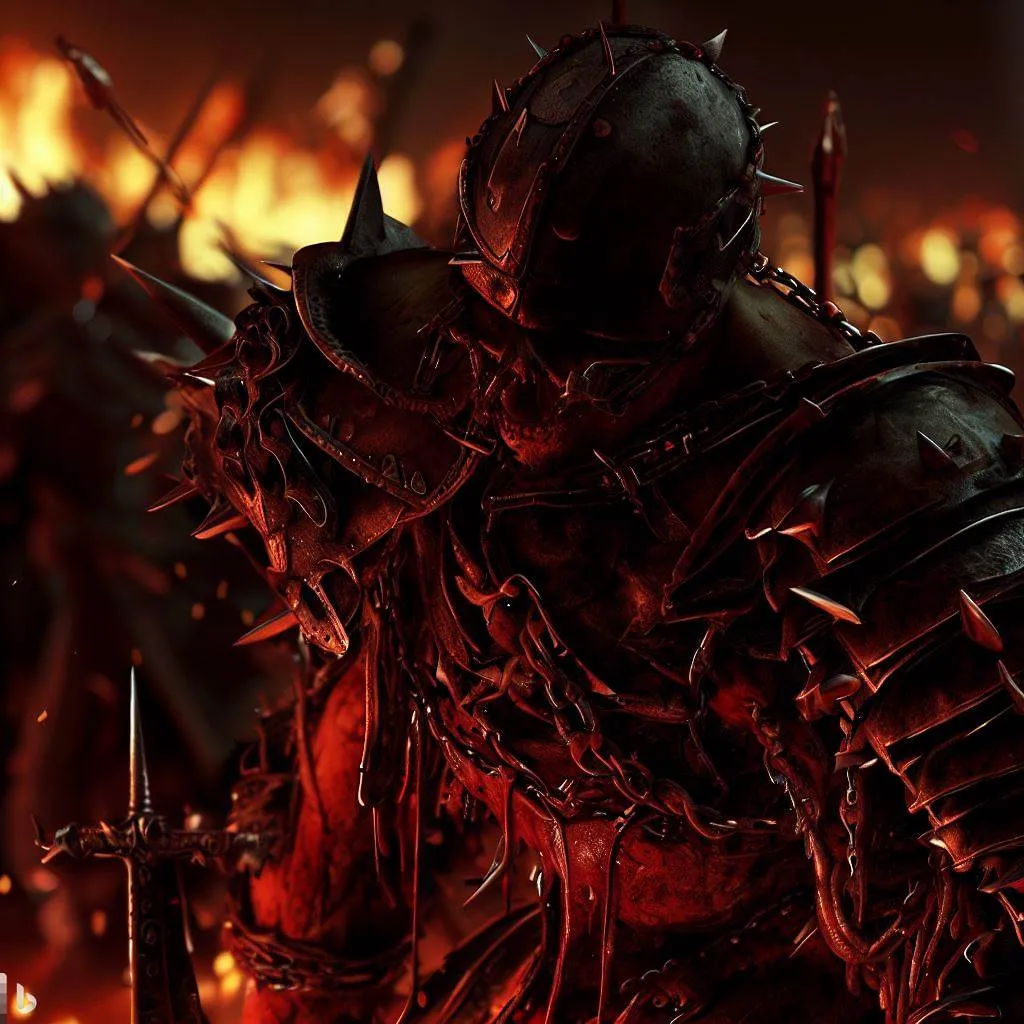



In the novel, Dracula is portrayed as a vampire who feeds on the blood of his victims, possesses supernatural powers, and has an aversion to sunlight and religious symbols. However, Vlad Tepes himself was not a vampire, nor did he possess any supernatural abilities.


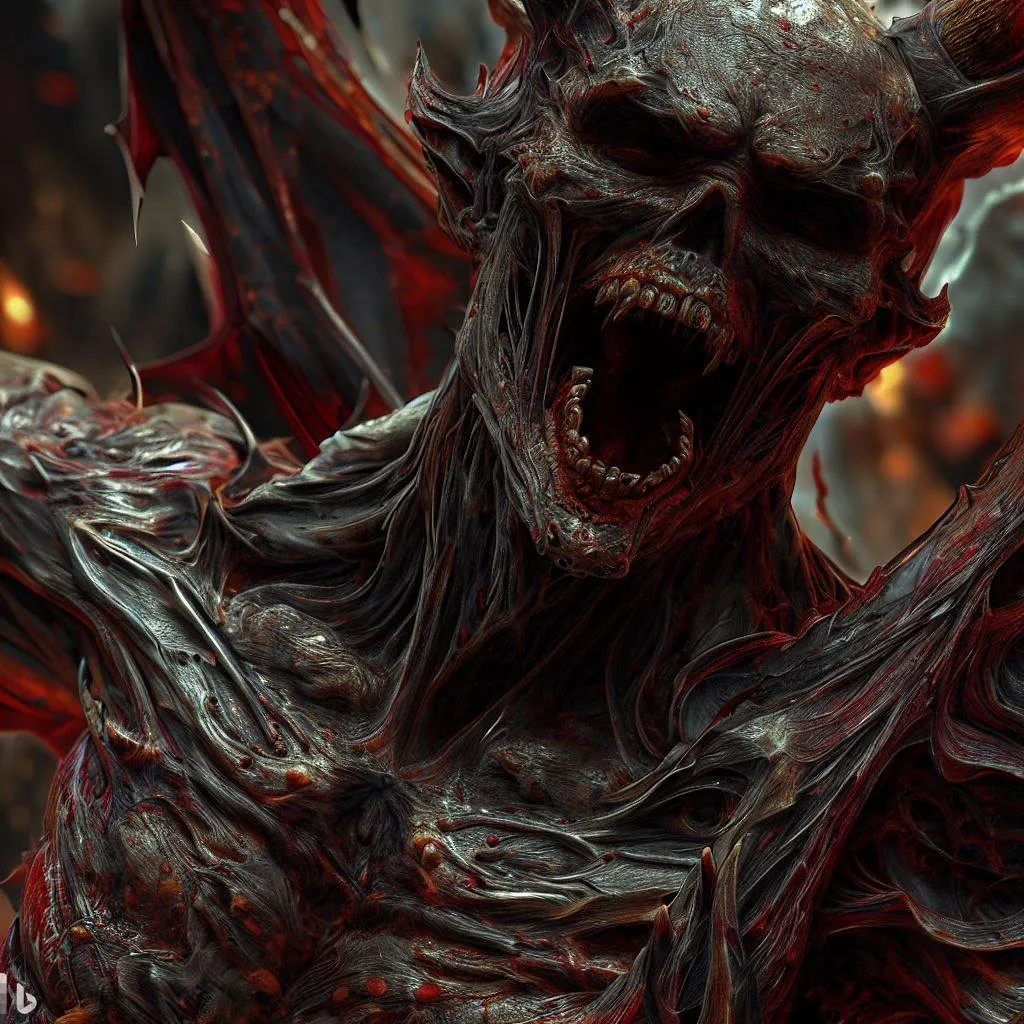







The link between Vlad Tepes and Dracula can be traced back to the etymology of the name "Dracula." The word is derived from the Romanian word "dracul," which means "devil" or "dragon." Vlad Tepes was also known as "Vlad Dracul," which means "Vlad the Dragon." The addition of the suffix "-a" to his name, which means "son of," gives us "Dracula," or "Son of the Dragon."


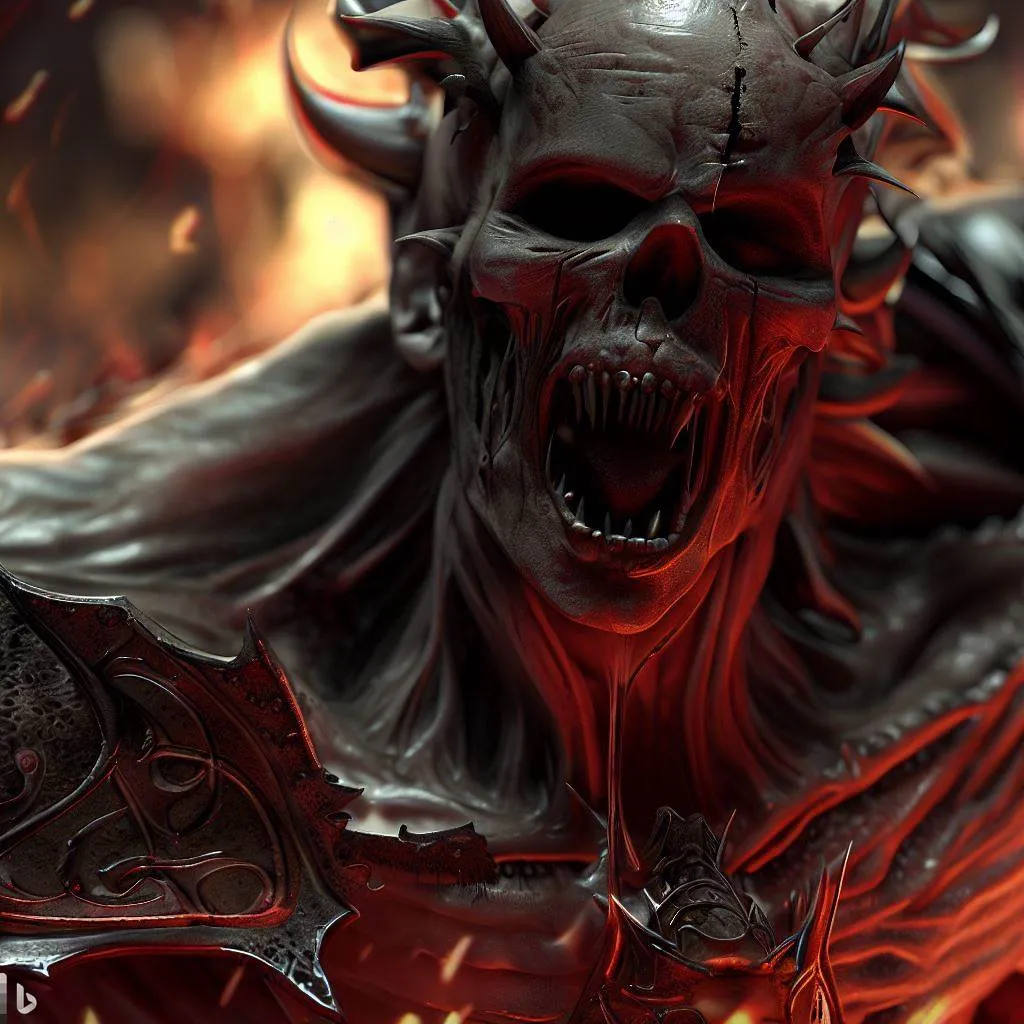

The connection between Vlad Tepes and Dracula was further solidified in popular culture with the 1931 film "Dracula," starring Bela Lugosi, which drew heavily from the novel and portrayed Dracula as a suave and charismatic aristocrat.